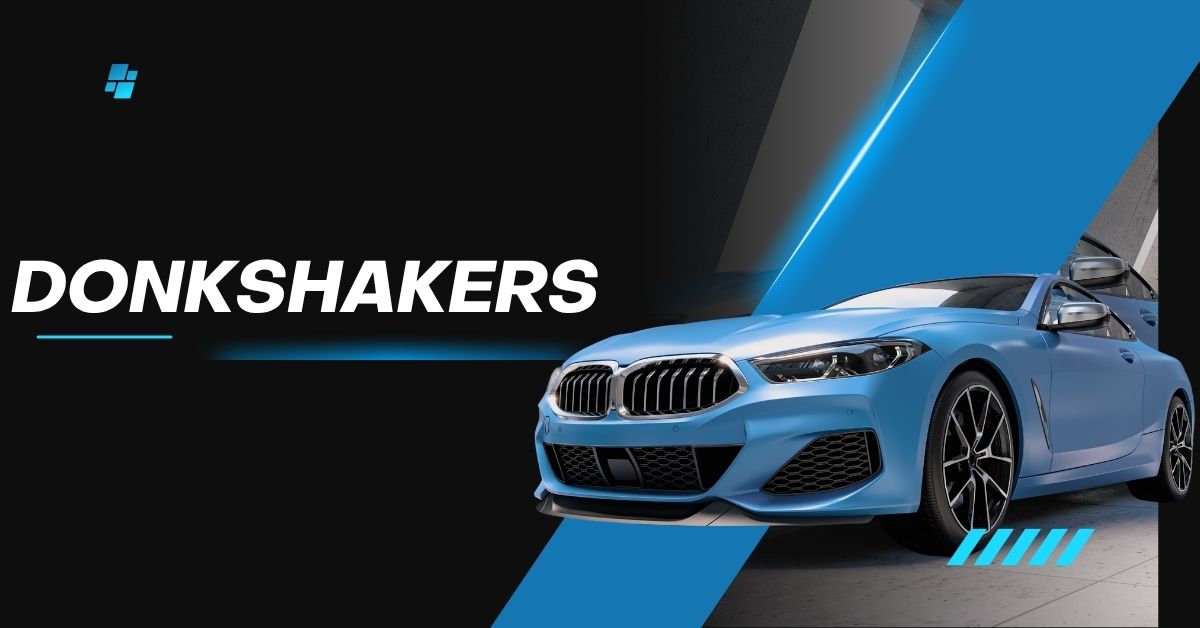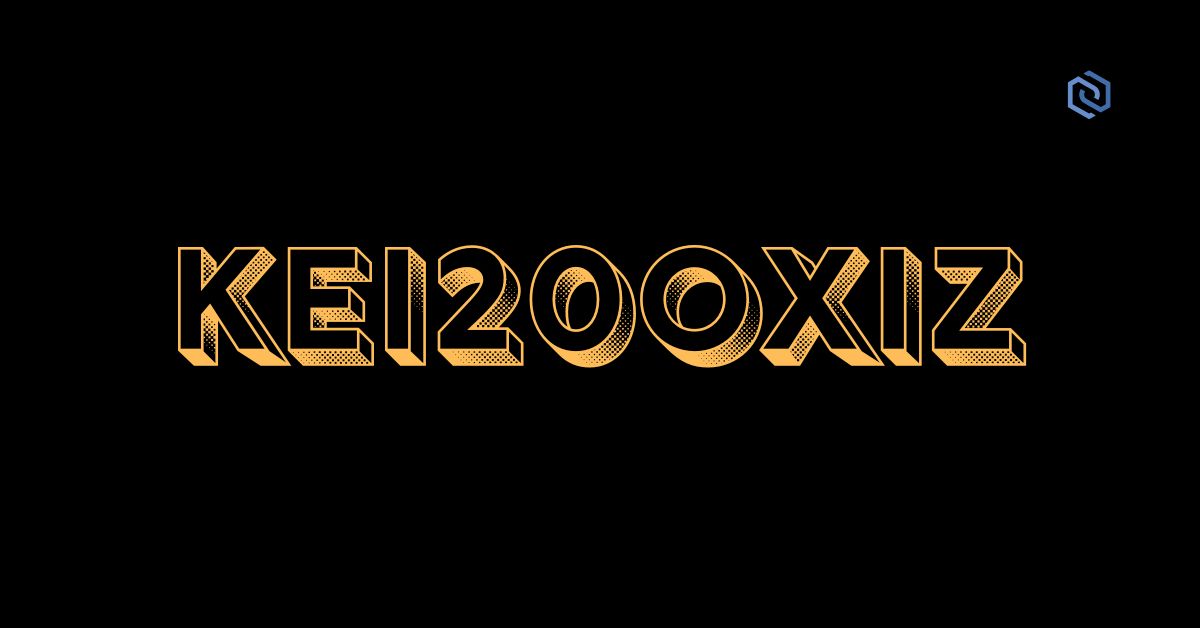Donkshakers have emerged as a distinctive and bold expression of car customization culture, particularly rooted in the American South. Known for their vibrant paint jobs, oversized rims, booming sound systems, and elevated bodies, donkshakers are not merely vehicles but artistic statements. This unique subculture brings together elements of automotive engineering, street style, and community identity. More than just a passing trend, donkshakers reflect deep cultural significance, creative craftsmanship, and a growing influence in music videos, urban showcases, and car enthusiast communities. This article dives into the origin, evolution, and enduring appeal of donkshakers and explores how they continue to redefine what it means to ride with style.
The Origins of donkshakers
The term “donk” originally referred to a customized 1971-1976 Chevrolet Caprice or Impala. These vehicles, once considered outdated or ordinary, were revived and elevated—literally—by car enthusiasts who saw potential for transformation. The word “shaker” was added later to reflect the thunderous bass systems commonly installed in these cars. The donkshakers movement started in South Florida and quickly spread throughout cities like Atlanta, New Orleans, and Memphis. What began as a grassroots hobby soon turned into a regional identity, fueled by creativity and a sense of rebellion against conventional car norms.
Signature Features of donkshakers
Donkshakers are instantly recognizable thanks to several trademark features. These include enormous rims, often 26 inches or larger, vividly colored or candy-coated paint jobs, and high-lifted suspensions that create towering rides. Interiors are typically customized with plush upholstery, LED lighting, and advanced audio systems capable of shaking entire neighborhoods. The sound systems are not just loud—they’re engineered with precision, designed to deliver rich bass that reverberates through the body of the vehicle and beyond. Every detail of a donkshaker is intended to showcase individuality and craftsmanship.
Cultural Importance in Urban Communities
Within urban communities, donkshakers are far more than flashy vehicles—they represent pride, creativity, and self-expression. For many owners, building a donkshaker is a rite of passage or a way to gain recognition. These cars are often showcased at local car shows, parades, and meetups where enthusiasts celebrate their builds and trade ideas. The culture fosters strong social connections, creating a space where like-minded individuals can bond over their passion for customization. In neighborhoods where resources may be limited, donkshakers stand as testaments to ambition, skill, and artistic dedication.
Engineering Behind the Look
Beneath the surface glamour of donkshakers lies serious mechanical modification. Lifting a car to accommodate massive wheels involves recalibrating the suspension system, reinforcing the chassis, and sometimes even modifying the drivetrain. These engineering changes must balance aesthetics with safety and performance. A poorly modified donkshaker can suffer from poor handling or structural issues, which is why serious builders invest in professional-grade parts and services. Innovations in suspension kits and rim technology have made these transformations more accessible while preserving roadworthiness.
The Role of Audio Systems in donkshakers
Perhaps one of the most iconic aspects of donkshakers is the sound system. The “shaker” part of the name comes from the bass-heavy subwoofers that create an unforgettable auditory experience. These setups often include multiple amplifiers, custom speaker enclosures, and trunk-mounted power supplies. The systems are fine-tuned to produce deep, resonant bass lines that literally shake the ground. Car audio competitions are a common element of the donkshaker scene, where enthusiasts battle to prove who has the most powerful and clearest sound system. These competitions blend technical skill with showmanship.
Paint Jobs and Custom Designs
The exterior of a donkshaker is just as important as its internal mechanics. Paint jobs range from metallic flake finishes to multi-tone graphics, often incorporating logos, pop culture references, or abstract art. Many donkshaker owners work with professional airbrush artists to design truly one-of-a-kind looks. These paint jobs are more than decoration—they’re narratives that tell stories of identity, influence, and inspiration. Because of their visual appeal, donkshakers often become the centerpieces of photo shoots, music videos, and social media profiles.
Influence of donkshakers in Music and Media
Donkshakers have found a natural home in hip-hop and Southern rap culture. Artists like Rick Ross, T-Pain, and Plies have featured these cars in music videos, album covers, and lyrics, turning them into symbols of success and swagger. The visual impact of donkshakers aligns perfectly with the extravagant, high-energy vibe of the music scene. Social media platforms, especially Instagram and YouTube, have helped push the movement beyond its original geographic roots, attracting global attention and inspiring a new generation of custom car builders.
The Competitive Edge: Donk Racing
A growing subset of the donkshaker world involves drag racing. Known as donk racing, this niche sport features heavily modified donks built for speed as much as style. These cars are equipped with turbocharged engines, racing slicks, and lightweight body modifications that allow them to perform competitively on the track. While donk racing is still underground in many places, it’s quickly gaining recognition as a legitimate motorsport. Events across the southern United States draw large crowds and enthusiastic competitors eager to prove that donkshakers can be fast as well as flashy.
Community Events and Car Shows
Donkshaker culture thrives on community gatherings. Events like car shows, sound-offs, and rim contests provide platforms for enthusiasts to showcase their builds and share ideas. These events are more than exhibitions—they are community celebrations filled with music, food, and camaraderie. Whether it’s a national car show or a local meet-up at a parking lot, donkshaker events are characterized by mutual respect, passion for the craft, and shared admiration. These gatherings help preserve the culture and pass it on to new fans and builders.
Economic Impact and Local Businesses
The rise of donkshakers has led to significant economic activity in custom car services. Paint shops, audio technicians, rim manufacturers, upholsterers, and mechanics have all benefited from the growing demand. In many cities, small businesses specializing in donkshaker modifications have become pillars of the local economy. The culture promotes entrepreneurship and skill development, offering career paths for young enthusiasts interested in automotive work. The growth of the donkshaker scene has also spurred innovation in aftermarket parts and car customization technologies.
Challenges and Misconceptions
Despite its vibrant culture and craftsmanship, the donkshaker community often faces stereotypes and criticism. Some perceive the vehicles as impractical or unsafe, while others dismiss the culture as flashy and superficial. These misconceptions ignore the technical expertise, creativity, and cultural roots that define the donkshaker world. In reality, the community is rich with knowledge, discipline, and pride. Many builders are deeply informed about automotive engineering and invest significant time and money into their projects. Addressing these misconceptions is essential for gaining broader respect and appreciation.
The Future of donkshakers
As customization technology continues to evolve, so too will the donkshaker scene. 3D printing, smart car integration, and sustainable modifications are likely to become more common. Younger enthusiasts are entering the culture with new ideas and styles, blending traditional donk features with modern aesthetics. The future promises greater innovation, global participation, and continued influence in music and fashion. Donkshakers are not just holding their place in car culture—they’re expanding it, paving the way for more inclusive and expressive forms of automotive art.
Conclusion
donkshakers represent a dynamic blend of automotive passion, street culture, and artistic expression. What started as a local trend has blossomed into a powerful movement that bridges generations, industries, and communities. From their roaring sound systems to their dazzling paint jobs, donkshakers embody boldness and individuality. They challenge conventions, celebrate craftsmanship, and turn ordinary vehicles into extraordinary showcases of personal vision. As the culture continues to grow and adapt, one thing remains clear: donkshakers are far more than modified cars—they’re rolling statements of pride, creativity, and community spirit.
FAQS
What is a donkshaker?
A donkshaker is a highly customized car, typically a 1971-76 Chevy Caprice or Impala, featuring large rims, lifted suspension, and powerful audio systems.
Where did donkshaker culture originate?
The culture began in South Florida and spread throughout the Southern United States, becoming a staple of urban car customization.
Are donkshakers only about appearance?
No, many include significant mechanical upgrades, sound systems, and even racing modifications, combining style with performance.
Can any car be turned into a donkshaker?
While traditional donks are Chevys from the 70s, the term has broadened to include other cars that follow the same customization style.
Is donkshaker culture still growing?
Yes, the culture continues to grow worldwide, with new enthusiasts, events, and innovations pushing the scene forward.





